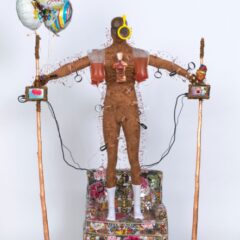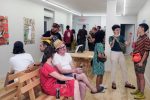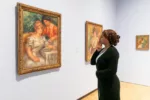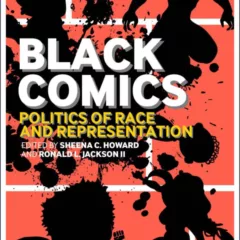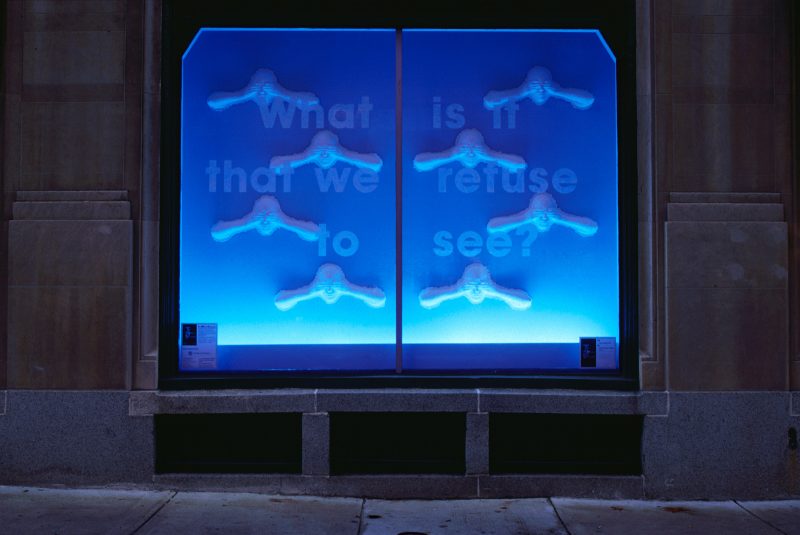
The visual arts world – artists, galleries, museums – has faced what may be its greatest existential threat ever during the past month. Most of the things that are at the core of our lives as artists, curators, and dedicated fans of art, have been put out of reach. The physical and social contacts that are essential to the art experience as we have known it have been redefined – not only as non-essential, but as dangerous to society.
How will we transition back to normalcy, once we’re on the “downside” of the infectious curve and our governments begin to “open up” our lives and our economy? It will be difficult. Not as difficult as it will be for our performing arts brethren, but difficult nonetheless. These are our speculations about how it might go – or could go. We make no claim to be experts, but then, no one is really an expert on these issues in the confusing and ever-morphing context of this pandemic.
The online art experience
1. The online art experience: this is an area that is essentially independent of the real-world course that the virus takes. All of our cultural activities have been forced to shift to virtual versions of themselves – whether instruction, performance or visual art encounters. Even more than for artists separated from the physical gallery space, I empathize with my teaching colleagues. They have been forced, under tremendous time pressures, to master “distance learning” technologies (that were never meant to handle studio instruction) and to devise means of substituting (as well as possible) for direct, and physically shared, experiences.
Yes, every museum and almost every gallery has created an online presence for itself. Museums were already making their collections accessible online, and they have accelerated the process. Most galleries have also had an online presence, but they’ve rushed to get much more material online – even current physical exhibitions (which are sitting sadly in locked gallery spaces). These means do provide some simulacrum of the real experience, but they are also – for us – very unsatisfying, and they must compete with the screen-experience saturation – from streaming TV to Zoom – that most of us are experiencing (if we are lucky enough to have a computer, internet, a secure environment and available time).
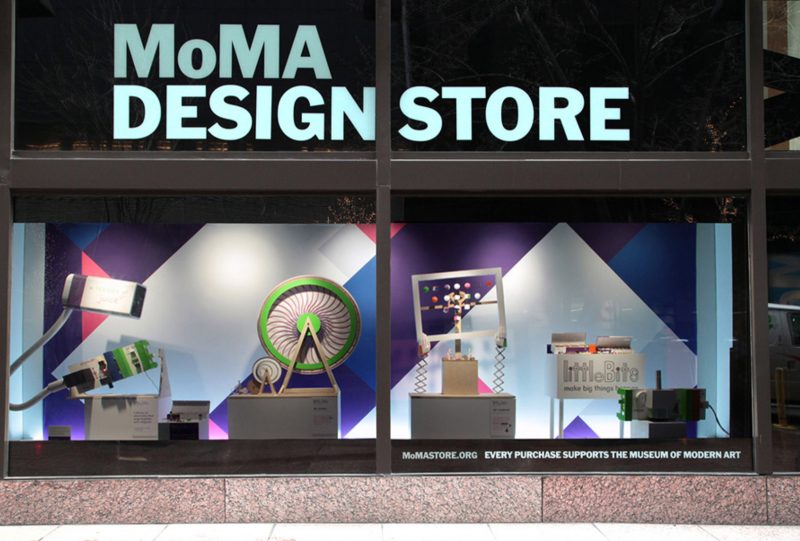
There is one new approach that some galleries and museums have implemented, which is virtual “tours” of exhibitions in their physical spaces. Yes, especially for artists unlucky enough to have had their long-anticipated and painstakingly created shows get mounted and then promptly quarantined, this may be better than nothing. But, much more is possible with a virtual tour than is generally being implemented. Rather than a quick pass through by someone with a smartphone, the virtual tour could actually be a rich experience – one worthy of being continued after the reopening of the physical institutions. If the artist were allowed to present their exhibition, go work to work and talk about them, their particular raison d’être, and their place in the context of the artist’s practice, this would be an enrichment of their show, not just a shallow substitute.
The question of reopening public art spaces
2. How – and when – will galleries and museums actually reopen to the public? The “when,” of course, should be dependent on all of the necessary public health considerations. The “how” could possibly be a gradual process, starting with very limited access (perhaps by appointment). Fever-checking and mask-wearing would certainly have to be part of it for quite awhile. Perhaps a rule-of-thumb could be set up, such as one visitor per hundred square feet of area. This might be workable for galleries – especially sales-oriented ones – but it might be problematic for museums, which would have to maintain full – or nearly full – staffing for a greatly reduced number of visitors (and a greatly reduced number of paid admissions). To limit staffing, perhaps small groups could be taken from gallery to gallery, with lights out in the other galleries. (We can remember the old Barnes Foundation museum allowing visitors into half of the galleries at a time, to reduce the number of necessary security guards). Questions would no doubt arise, however, about who can have access and by what means.
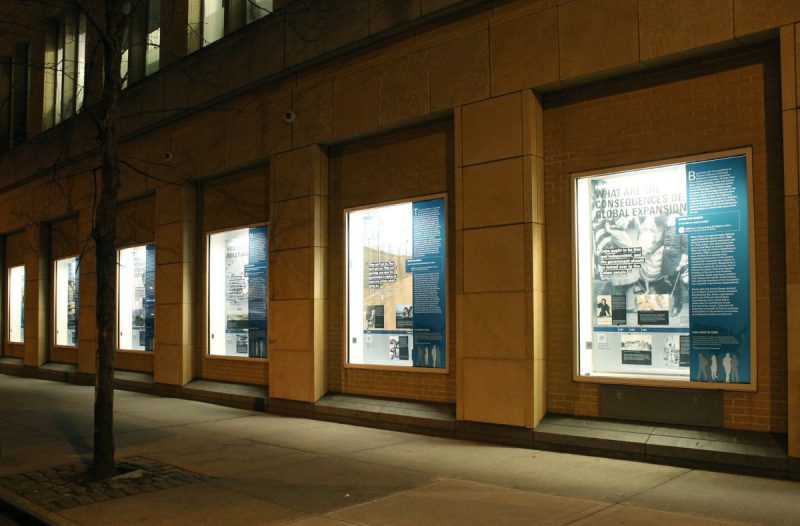
Sadly, the opening reception– part of the art world’s activities that is so important to us– will probably be missing for a long time, maybe even until a viable vaccine is available (assuming that one, will indeed, be developed). We note that, in a very changed world, it is not unimaginable that status as “immune” (meaning with demonstrable significant antibody presence) could give certain people access in ways not available to the general, still vulnerable, population. Under that scenario, governments might even issue official documents – akin to driver’s licenses – certifying immune status.
At a smaller and more direct scale than galleries and museums, artists may also wonder about if, and when, studio visits may be possible. These are private transactions, negotiated by the individuals, so we imagine that the return of studio visits may be a very gradual and non linear process. In particular, though, we might wonder whether Philadelphia’s largest coordinated studio-visit program – Philadelphia Open Studios Tour (POST) – will actually take place on schedule in October.
An alternative model for exhibitions during social distancing
3. One additional idea for the transitional period (and maybe beyond): more exhibitions in public windows. Works can be put quite close to the glass and individually lit so that their physical properties (that tend to get lost on-screen) are clearly visible. Windows can be chosen that are not in direct sunlight — so as to not damage sensitive works.
In the past, several programs in Philadelphia put art in storefront windows. Artfronts is one that comes to mind; it partnered with businesses to put art into the windows of closed shops, giving exposure to artists and attracting new businesses for the shops. Clearly, and sadly, there will be many empty storefronts in Philadelphia in the near-term future. Recently, the MoMA Design Store has been using its street-level window for creative art displays.
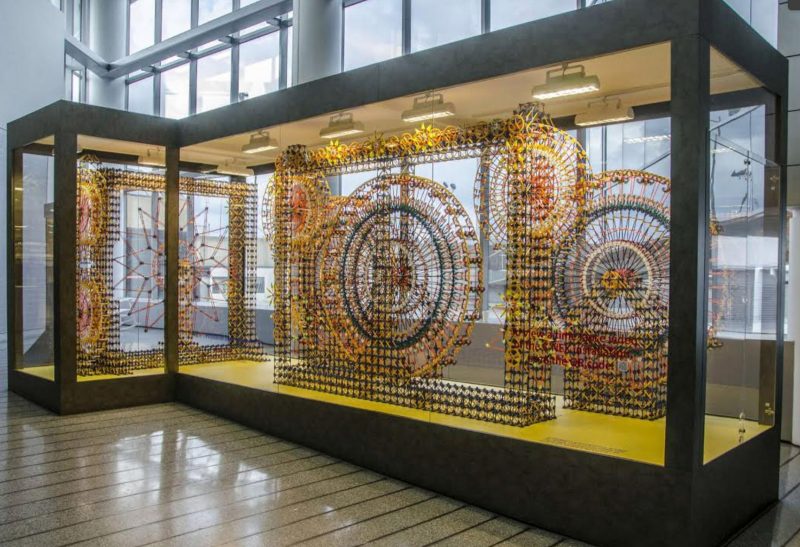
Another model uses dedicated non-commercial windows or vitrines as art exhibition venues. During the 1980s, “10 on 8” curated work into ten vitrines in the sidewalk level of a parking garage on 8th Avenue in Manhattan. More recently, three different sets of windows belonging to NYU have been used for curated art shows (Broadway Windows, Washington Square Windows, Kimmel Student Center Windows). Locally, Philadelphia International Airport Exhibitions has done a great job of exhibiting both 2D and 3D art in a variety of custom vitrines.
We’re sure that the highly inventive artist community of Philadelphia will devise a variety of means to get work exhibited and to attract audiences. Indications are that it’s not too soon to get working on it.
Blaise Tobia and Virginia Maksymowicz are artists and educators and long-time Artblog contributors. Read more of their Artblog pieces here.


